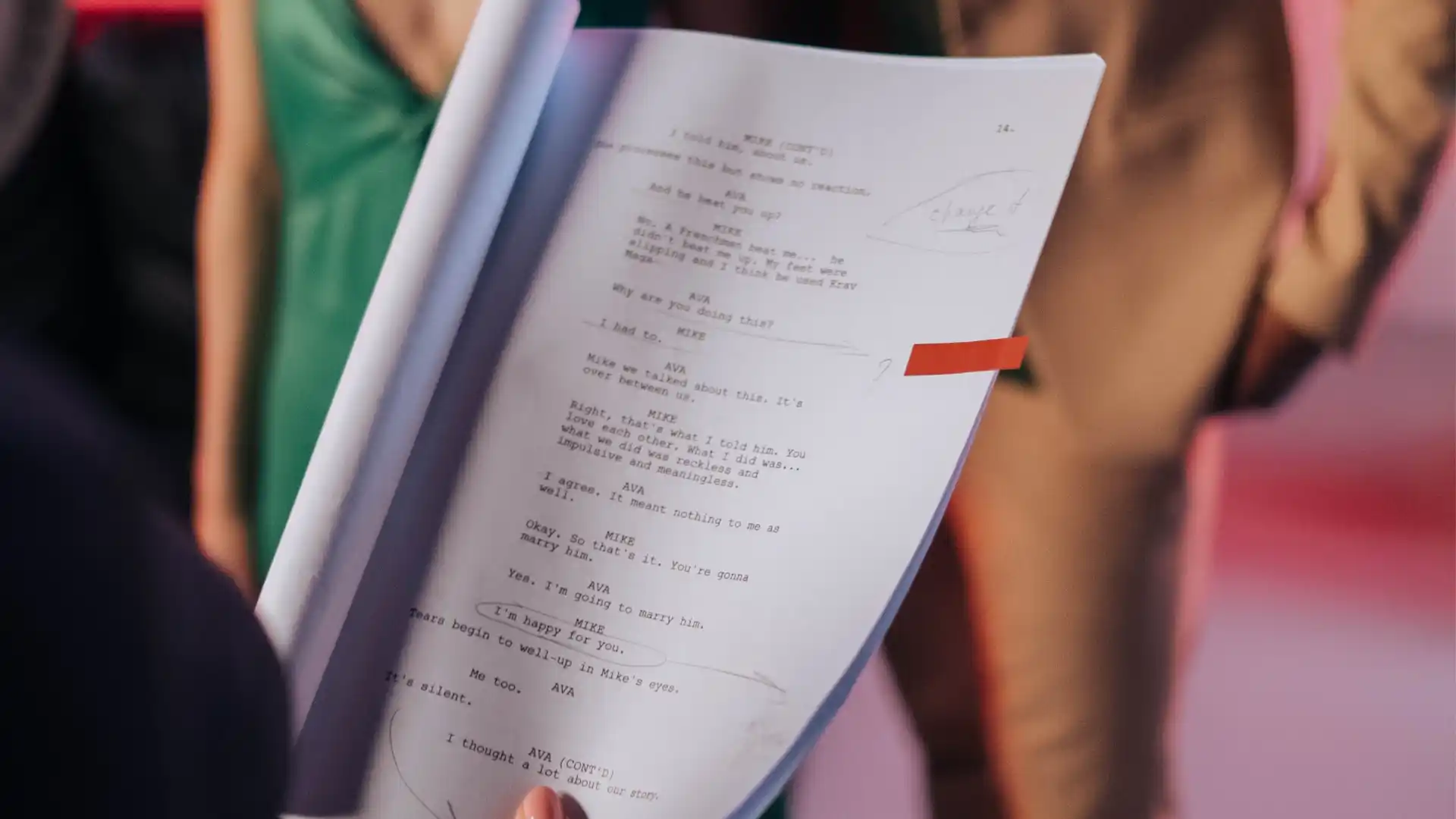Mastering Film Storytelling: A Guide to Success in the Industry
Film storytelling is an art form that has been around for over a century. It’s the process of telling a story through a visual medium, using images, sound, and music to convey emotions and ideas. Whether you’re an aspiring filmmaker or a seasoned professional, mastering the art of film storytelling is essential to success in the industry.
Developing a Compelling Story
At the heart of every great film is a compelling story. Whether it’s a drama, comedy, or action-adventure, a good story captures the audience’s attention and keeps them engaged from beginning to end. To develop a compelling story, you need to start with a clear idea of what you want to say and who your target audience is.
One of the most important things to keep in mind when developing a story is to be original and authentic. Audiences are always looking for something new and different, so don’t be afraid to take risks and explore new ideas. However, at the same time, it’s essential to stay true to your vision and your voice.
Creating Memorable Characters
Characters are the heart and soul of any great film. They’re the ones who drive the story forward and keep the audience engaged. To create memorable characters, you need to give them depth, complexity, and a unique voice.
One of the best ways to create memorable characters is to give them a backstory. What drives them? What are their fears and desires? What are their strengths and weaknesses? By answering these questions, you can create characters that feel real and relatable.
Building Tension and Conflict
Tension and conflict are essential elements of storytelling. They’re what keep the audience engaged and invested in the story. To build tension and conflict, you need to create obstacles for your characters to overcome.
One of the best ways to build tension and conflict is to use the three-act structure. In this structure, the first act sets up the story and introduces the characters, the second act introduces the conflict, and the third act resolves the conflict and provides a satisfying conclusion.
Using Cinematography and Sound to Enhance the Story
Cinematography and sound are powerful tools that can be used to enhance the story and create mood and atmosphere. Whether it’s a sweeping panoramic shot or a haunting musical score, these elements can help to immerse the audience in the story and create a more emotional connection.
One of the best ways to use cinematography and sound is to create contrast. For example, you could use a close-up shot to create intimacy and then cut to a wide shot to create a sense of isolation. Similarly, you could use a soft, gentle score to create a sense of peace and then switch to a loud, jarring score to create a sense of tension.
Key Takeaways
Mastering film storytelling is essential for success in the industry. To become a great filmmaker, you need to develop a compelling story, create memorable characters, build tension and conflict, and use cinematography and sound to enhance the story.
If you’re looking to improve your skills as a filmmaker, consider taking the NYU Film and TV Industry Essentials online course and certificate program. This program provides a comprehensive overview of the film and television industry and covers all the essential elements of film storytelling. With the knowledge and skills you’ll gain from this program, you’ll be well on your way to success in the industry.







